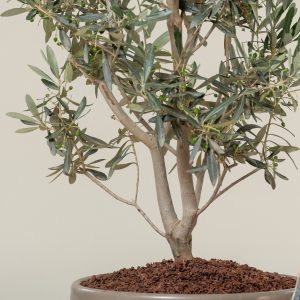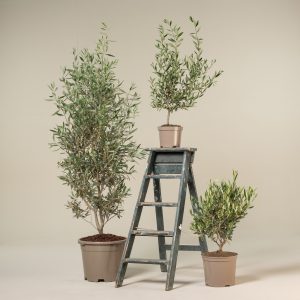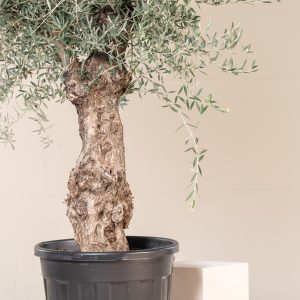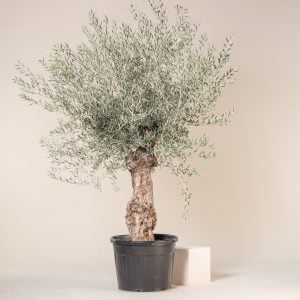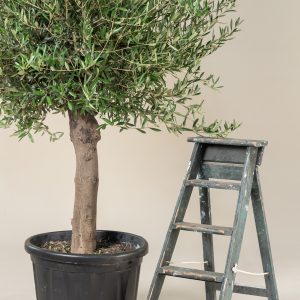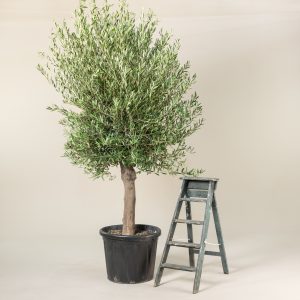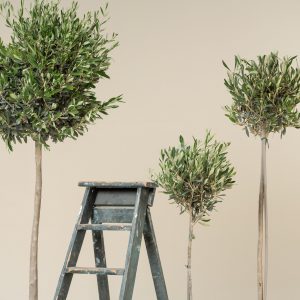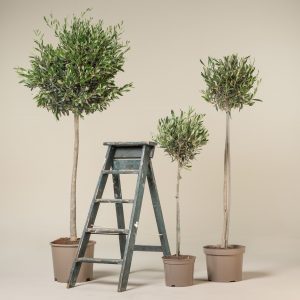Indoor plants add beauty and freshness to our living spaces, but not all plant species are suitable for indoor cultivation. One such example is the olive tree (Olea europaea). While olive trees have numerous benefits when grown outdoors, attempting to keep them as indoor plants poses several challenges and drawbacks.
The challenges of providing adequate light, space, temperature, humidity, and pollination conditions are significant hurdles to overcome. It is best to appreciate the beauty of olive trees in their natural outdoor habitat or opt for smaller, more adaptable indoor plants that are better suited for indoor cultivation.
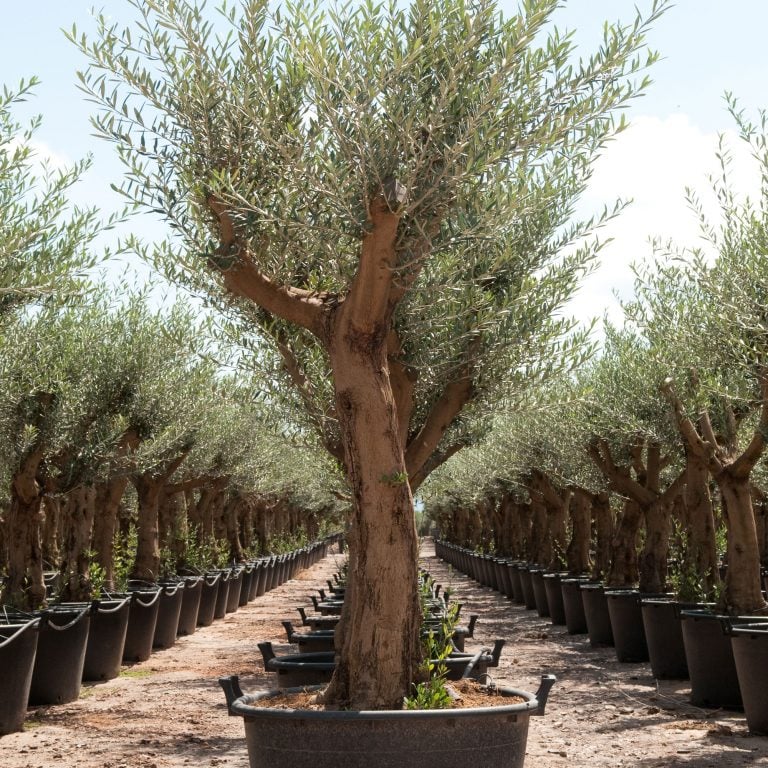
Size and Growth Requirements
Olive trees are known for their large size and vigorous growth. In their natural habitat, they can reach heights of up to 30 feet or more.
Indoors, however, they struggle to thrive due to limited space and reduced access to natural sunlight. Their growth is often stunted, resulting in a diminished aesthetic appeal and overall health.
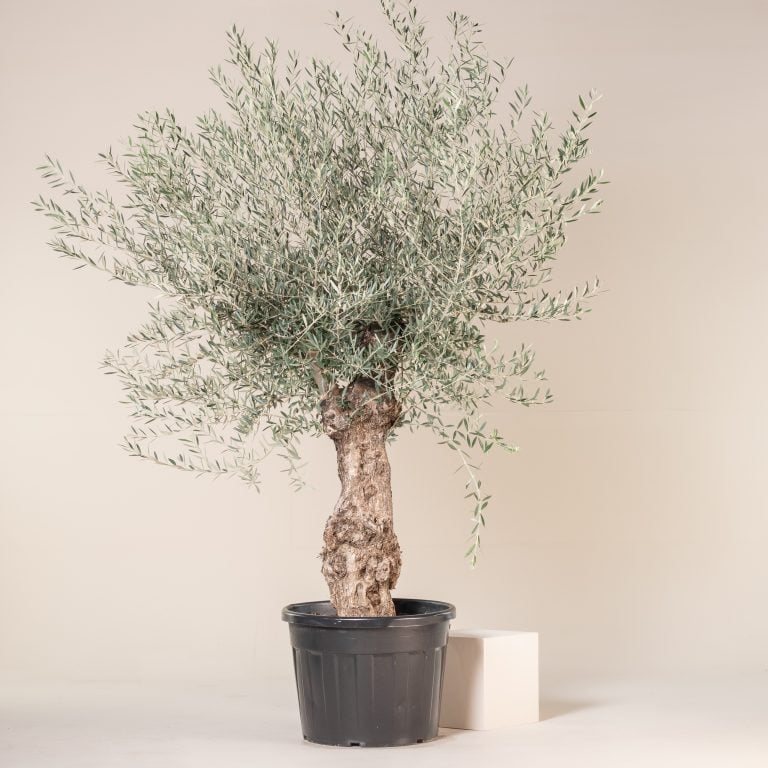
Sunlight and Environmental Factors
Olive trees require abundant sunlight, ideally for around six to eight hours per day.
While some indoor environments may provide sufficient light, it is challenging to replicate the intensity and quality of natural sunlight indoors.
Inadequate light can lead to weak growth, leaf drop, and increased susceptibility to pests and diseases.
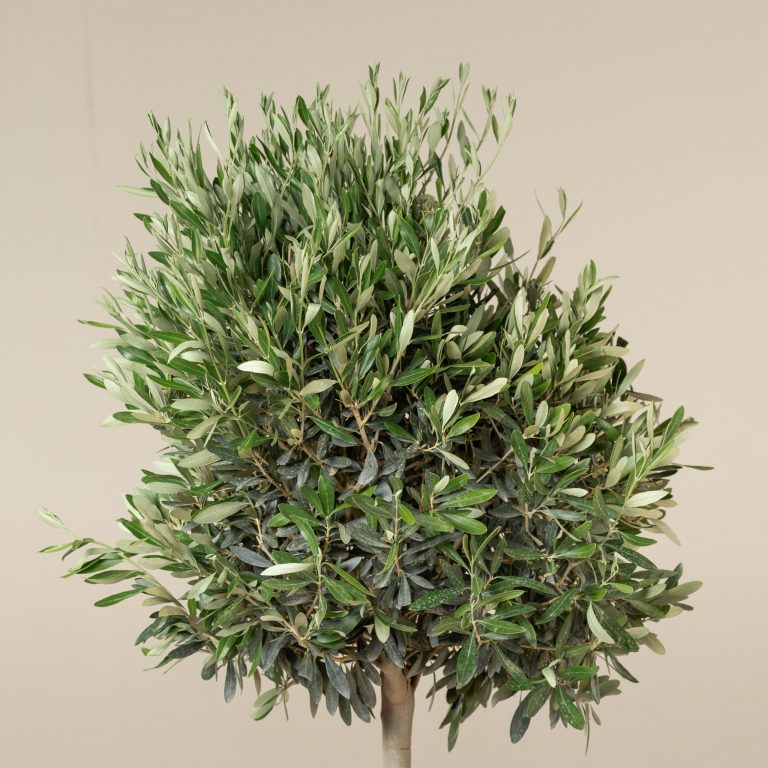
Temperature and Humidity
Olive trees are native to Mediterranean climates and are adapted to specific temperature and humidity conditions. Indoor environments typically differ significantly from their natural habitat, making it difficult to provide the optimal conditions required for their well-being.
The low humidity levels in many indoor settings can cause leaf browning and dryness, further compromising the tree’s health.
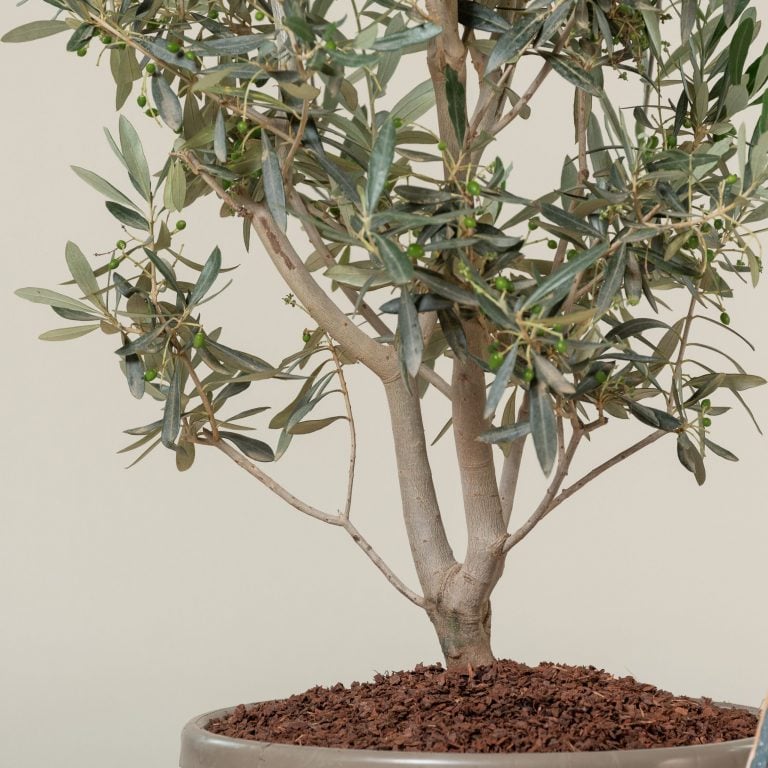
Root and container size
Although olives prefer to have a large root run, they can be successfully grown in smaller containers, but bear in mind that small pots will reduce their overall growth and vigour. Ideally, keep your olive tree in a pot that is easy to move outdoors during the warmer months (roughly April-October). Regular care, including watering, fertilisation, and pruning, is essential for the well-being of potted olive trees.
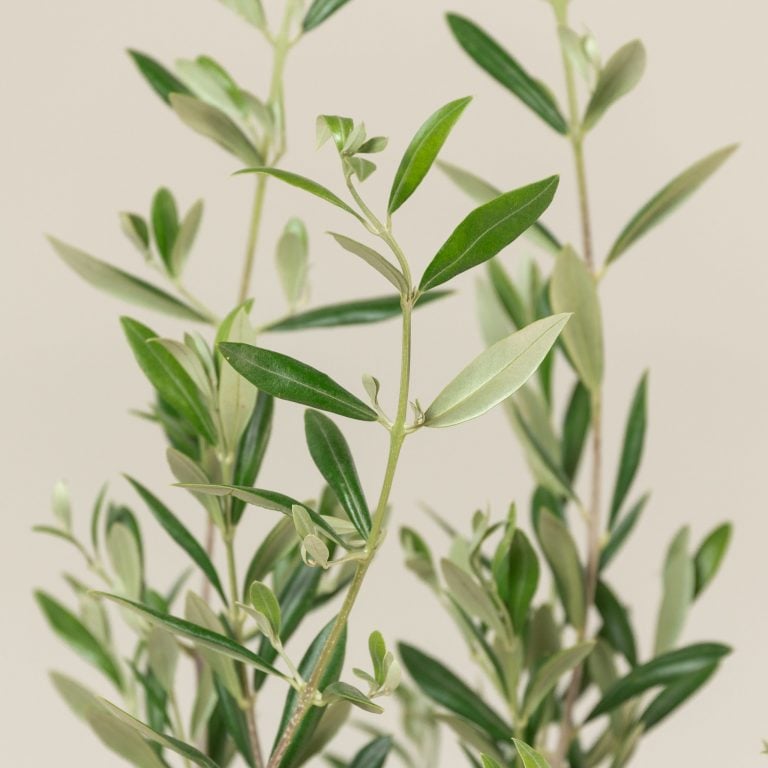
Pest and Disease Susceptibility
Indoor olive trees are more vulnerable to pest infestations and diseases compared to their outdoor counterparts. The controlled environment indoors often lacks the natural predators that help keep pests in check.
Common issues include scale insects, spider mites, and fungal diseases, which can be difficult to manage effectively without resorting to chemical interventions.
